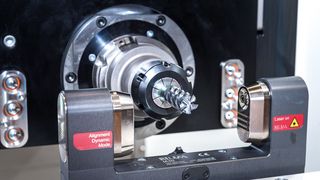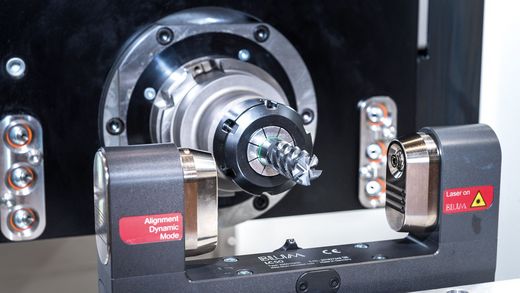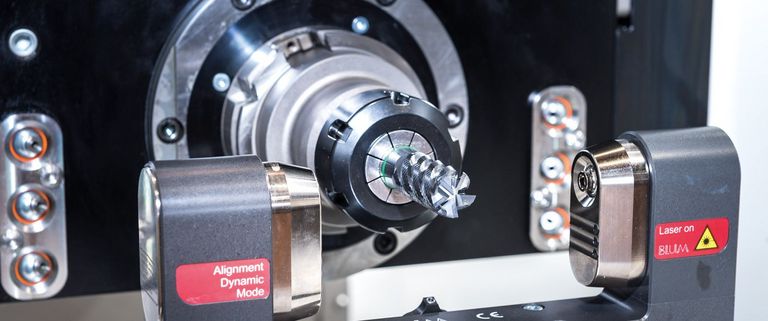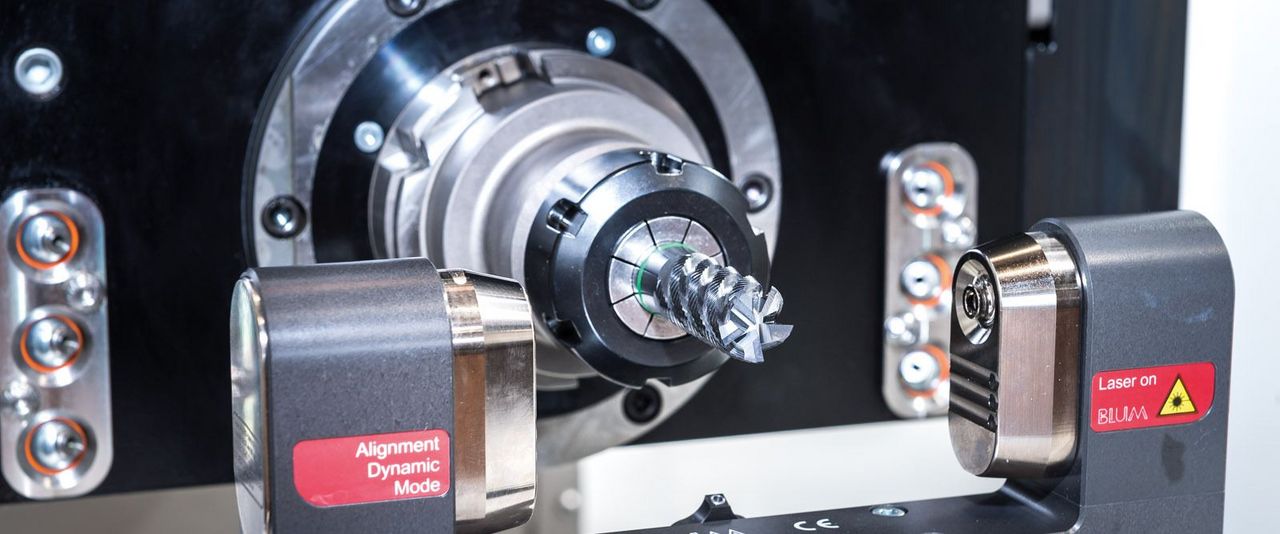Which Issues Matter Most when Grinding Expensive Aerospace Parts?
Workpieces in the aerospace industry are becoming increasingly complex. The effect can be seen in both their materials and geometry. And both factors boost the value of the workpieces. This applies in particular to engine turbine parts, which are often manufactured from specially developed, customer-specific superalloys. The raw material costs for these applications are inherently so high that the parts must be handled with the utmost care. Process reliability plays an enormously important role, especially for such parts. This article explains how to make sure the process runs right.
A few things up front. Smart machines are needed for these highly complex and costly part manufacturing processes. A practical example can better illustrate the problem:
Let's take a turbine blade as an example. Before it is clamped in a grinding machine, it has probably already gone through hours of processing in conventional cutting machines. Let's further imagine that an additively manufactured coating has been applied to the blade, an increasingly common choice for aerospace parts. This adds additional time and value. Yet if proper validation of the parts cannot be performed after grinding – i.e. if the measurements and material properties cannot be confirmed through the detailed quality control procedures required by aerospace manufacturers – then all that added value is lost.
Solution #1: Robot technology
Collaborative robot technology not only ensures perfect repeatability and shortens non-productive time, it can also significantly influence machining performance. Machines that are not running cool down. If they are put into operation before they have reached the correct operating temperature, then the parts they produce will be out of tolerance. Effectively designed and integrated collaborative robots allow manufacturers to reduce this risk while increasing productivity.
Solution #2: Sensors
Automation goes beyond robot loaders, however. The magic word: sensors. These transform grinding machines into intelligent machines that monitor everything from coolant pressure and temperature to spindle load and wheel diameter. Such controls work with retrofitted CAD/CAM programs that enable offline programming. What does this mean for you? Increased machine productivity, as the programs can be validated before grinding. Which in turn reduces risks and increases efficiency.
Solution #3: Dressing the grinding wheel
The true crucial factor in any grinding process is the contact between the wheel and the material. Parts manufacturers for the aerospace industry need grinding wheels with materials as advanced as the materials they grind. New abrasives and advanced cutting grains can effectively machine the hardest superalloys. Dressing the wheel has also become even easier thanks to fully automatic dressing systems. The MÄGERLE MFP 30, for example, has a space-saving, double-sided dressing table that can accommodate numerous diamond rollers for different parts profiles.
MÄGERLE MFP 30
The MFP 30 is an intelligent grinding machine with advanced technology and intelligent design. It offers complete 5-axis grinding and milling operations as well as a directly driven spindle with 12,000 rpm and 26 kW. This makes it possible to machine the most complex workpieces in a single clamping. And its form? Compact. After all, every square meter counts in a production hall. The ergonomic design is suitable for both manual and automatic part loading, making it a flexible solution that can grow with the needs of a production facility.
Are you interested in smart manufacturing technologies for the aerospace industry?
Our experts will be happy to advise you.










